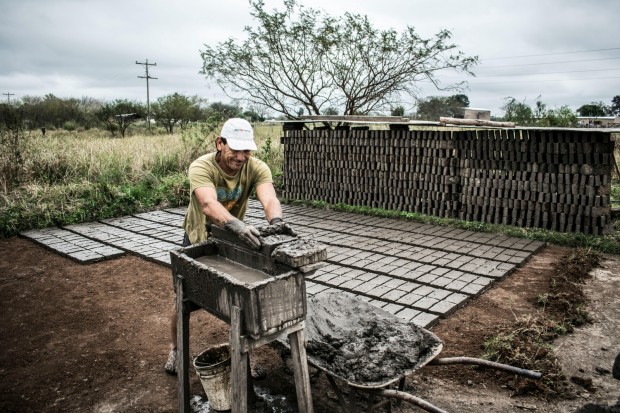When designing a concrete mix, the durability of a construction is the primary concern. Nevertheless, this is influenced by several different factors. Explore some of the most critical aspects that affect your concrete mix design.

(Photo : Pexels/Eduardo Eugenio Padron )
1. Water Cement Ratio
The first parameter to employ when designing the concrete mix is the ratio of water to cement, which is the most important parameter. As the ratio of water to cement decreases, the strength of the concrete increases in proportion to the rise in cement content compared to the increase in water content. In every instance, the water-to-cement ratio is used to refer to the grade of the concrete.
2. Type of cement
There is a correlation between the type of cement used and the rate at which concrete strength changes. As the strength of the cement put into the concrete increases, the amount of cement contained within the concrete will decrease. If 43-grade and 53-grade cement is applied, cement consumption will be reduced by as much as 15% and 25%, respectively, compared to the third-grade cement. Based on the recommendations, cement grades 43 and 53 are recommended for concrete grades M25.
3. Relative Proportion of Fine & Coarse Aggregates
The classification of the aggregates in the concrete mix design is a critical factor in determining the quantity of cement necessary for the concrete. If many empty spaces are present, a more significant amount of cement is likely required to fill them. Utilizing aggregates that have been appropriately graded will assist in lowering this void content to a certain degree, which will result in a reduced need for paste.
Also Read: Construction Risk Management: 5 Tips to Ensure Project Success
4. Admixtures
Although many different types of admixtures are available, using water-reducing admixtures results in the most significant increase in strength in concrete. It is impossible to reduce the water-to-cement ratio below a certain threshold, as doing so would compromise the workability of the mixture. Using water-reducing admixtures, which would result in a cement-rich mix and a workable mix without the need for more water, is one way to accomplish this characteristic. Yet, adding between 45 and 55% water by the weight of cement is the only way to achieve a mix that is suitable for working. Because of this, the water will remain in excess long after the hydration process has been completed.
As mentioned, void spaces are created due to the evaporation of the excess water in the pores. It is primarily due to these vacancies that failure fractures appear, which in turn causes the concrete to become more fragile. Thus, using water-reducing admixtures makes it possible to reduce voids by utilizing a lesser quantity of water.
5. Workability of a Concrete
The dimensions and outlines of the area to be poured with concrete, the qualities and positions of reinforcement, and the techniques utilized for transporting, compacting, and positioning concrete all influence the material's workability to achieve satisfactory results. In accordance with proper concrete placement and compaction, the minimum workability that is feasible should be achieved. Insufficient workability may significantly compromise concrete's strength, durability, and surface texture.
Related Article: Green Cement Emerges as a Solution to Combat Carbon Emissions







